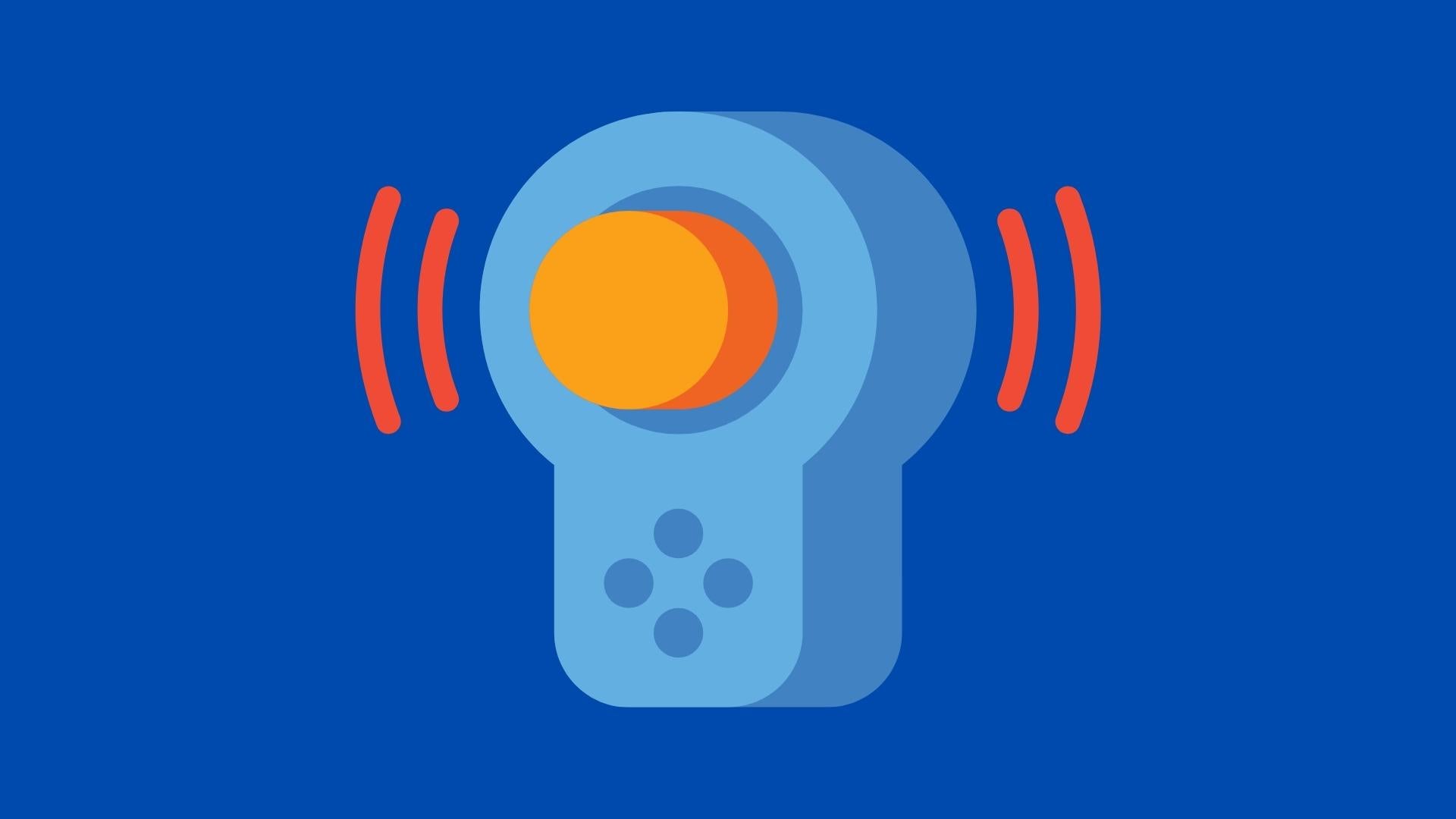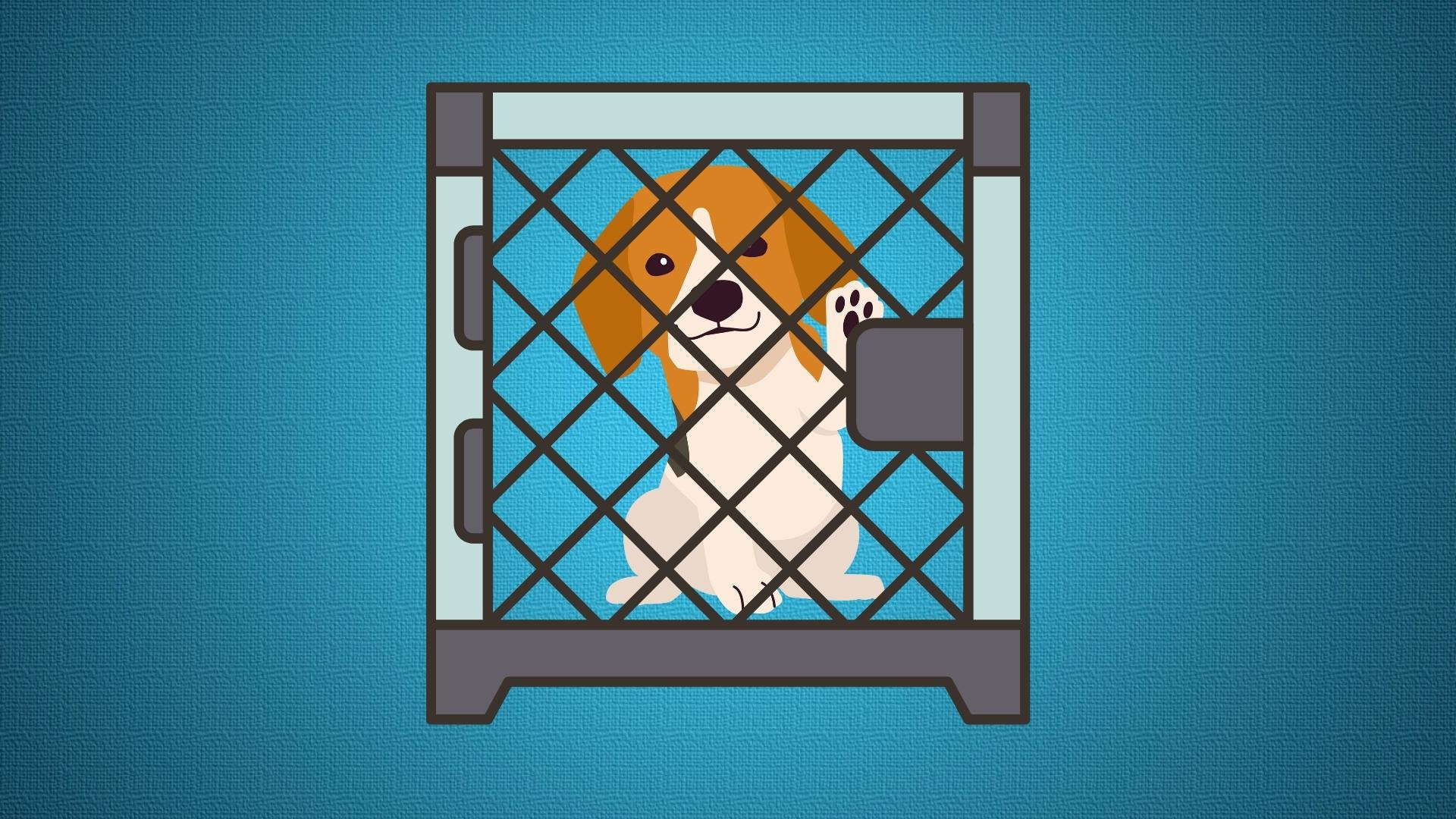
How to Clicker Train Your Dog
Clicker training is one of the most elementary training tools used by professional dog trainers & amateur pet parents alike. A “Clicker”, just like the name suggests, is a simple, inexpensive training tool to teach your new puppy basic commands & tricks. To use an analogy, if training your pet were a dish, then a clicker along with positive reinforcement, timely commands, treats & patience would be salt, pepper & other essential ingredients.
To know 7 basic commands that pet parents need to know, read here.
This blog encompasses the various nuances of Clicker Training, how it is a valuable training tool, steps, a step-by-step guide on how to use it, some much needed tips & must-know Pros & Cons.
What is a “Clicker”?
A small, plastic device, a clicker is designed to fit in the palm of your hand. It has a simple mechanism involving a small metal strip that makes a distinct, loud ‘clicking’ sound when pressed. It is inexpensive & readily available in online & offline pet stores.
What Is the meaning of the Click?

To use another analogy, a clicker works just like a camera – capturing / marking a moment. There is nothing magical or special about the ‘clicking’ sound, except for the obvious explanation that you’ll likely never use this abrupt, loud sound outside of training with your pet. In other words, a clicker is used as a distinct marker just like a finger snap or a whistle. Many professional trainers use marked words like “Yes” or “Good” as well.
However, the “click” is redundant unless it is paired with positive reinforcement like a treat or reward. Although edible treats are a sureshot incentive for most dogs, a reward could be anything your canine values. 3 things are vital here – Patience, Timing & Consistency. The click must mark a precise moment followed by a reward.
"While some clicker trainers may not give a reward every time they click, pretty much all clicker trainers continue to follow the click with a reward. It's very important to use strong rewards a lot during initial training stages, and treats are often the strongest reward for a dog." - Alyssa Walker, Professional Canine Trainer.
Why do we even need a Clicker?
The question arises in almost every pet parent’s mind when they’re first introduced to Clickers – Why do we even need a clicker? We can easily teach our pets using voice commands.
The answer: You could, but it’s not nearly as clear. You communicate with your dog using words & praise all the time! Gushing over your dog, using higher-pitched tones, rewarding good behaviour comes naturally to pet parents. Using a clicker prevents confusion in your pet’s mind about the exercise and the reward to come.
In addition to clarity, clicker-trained dogs tend to love learning. They want to train and work hard to earn a click. From your dog’s point of view, mark and reward training makes teaching new behaviours a game. It takes pressure off the trainer too. Looking for clickable moments means you focus on your dog’s good choices, rather than dwelling on mistakes. Like any form of positive reinforcement training, clicker training boosts your communication, builds your bond with your dog, and makes training fun.
Clicker Training is not meant to completely replace treats. It is to be used as a device where the sound of the click tells the dog that he has followed his command positively and a treat will shortly follow.
How to use a Clicker
Training Space
Choose your training space carefully. Try and make sure the chosen area is quiet, peaceful with no distractions. Make sure you have your dog’s favourite treats (20-30 bite sized treats should suffice) & your clicker handy.
Test the clicker
Before you start training your dog with a clicker, it is wise to test it first. With a treat in one hand and the clicker in the other, click the clicker & immediately give your dog the treat. Repeat this 5-10 times. The objective of this exercise is to form associations. After a click, if your dog starts looking at you and the treat, then consider that association made.
Start with Basic Commands
Start with the easiest commands, like “Sit”, “Come” or “Paw”. It is easier for your puppy / dog to understand what you’re trying to do if it is with simple commands. For example, command your dog to sit. The moment he sits, click the Clicker and give him a treat. Don’t click when he does it wrong, incompletely, or without your command.
Add Vocal Commands & Gestures
Once your dog starts getting a hang of the exercise, add vocal commands and hand gestures to support your training. For example, say “Sit” & gesture your dog to sit your finger, the moment he sits, click the Clicker and give him a treat.
Once your dog starts performing the command fluently after a few days, you can start phasing out the clicker and the treats. Eventually, you can stick to one marker, like an enthusiastic “Yes!” or “Good!” and transition away from the clicker.
Continue Positive Reinforcement
Once your dog has consistently started following your commands, you can phase away the clicker, but be mindful of continuing with praises and positive gestures / words.
Move onto Advanced Training with the Clicker
Once your dog has achieved basic training and has started responding to commands well, you can move onto advanced training exercises & commands with the clicker. This greatly increases your chances of training your pet better in a step-by-step manner without slowing the training process.
For example, to teach your dog a slightly advanced command like “Down” or “Roll over”, start with the “Sit” command. Once your dog is sitting, continue training him further using the same clicker technique.
To summarise: -

Top Tips for Clicker Training
Timing is everything. It is important that your pup understands exactly what you’re trying to do; that their behaviour is being rewarded by positive reinforcement. Try clicking immediately after correct behaviour followed by a reward or a treat.
Reward everytime. It is imperative in the early stages that each click must be followed by a treat.
Keep the treats small. Clicker training requires a lot of treats. Keep them small so that you don’t overfeed your dog.
Keep your Training Sessions Short. 15–20-minute sessions are appropriate. Animals, just like children, have a very short attention span. Make sure you stop training before your pet gets tired or wary of the exercise.
End on a positive note: Training requires a lot of effort & patience from both you and your canine (although it’s super fun too!). Make sure to end the training on a positive note, a reward, or some energetic positive affirmations.
What age is the ideal for Clicker Training?
This is the beauty of Clicker Training. It can be commenced at any given point of time with dogs of all breeds, sizes, genders & age. Even though adult & senior dogs have already established personalities, puppies can also learn with a clicker easily. Consistency & patience are key.
To conclude, when your dog has learned a new behavior, you won’t need the marker anymore. After all, it’s simply a teaching tool. But whenever you want to lure, shape, or capture a behaviour, the clicker will help you communicate clearly with your dog so the behaviour you seek becomes the behaviour you get.
You can connect with Zoivane Pets on our Website, Instagram, Linkedin, Facebook & YouTube. For suggestions and writeups mail us at wecare.zoivane@gmail.com or Whatsapp us on +91-9727054006
















اترك تعليقًا
This site is protected by hCaptcha and the hCaptcha Privacy Policy and Terms of Service apply.